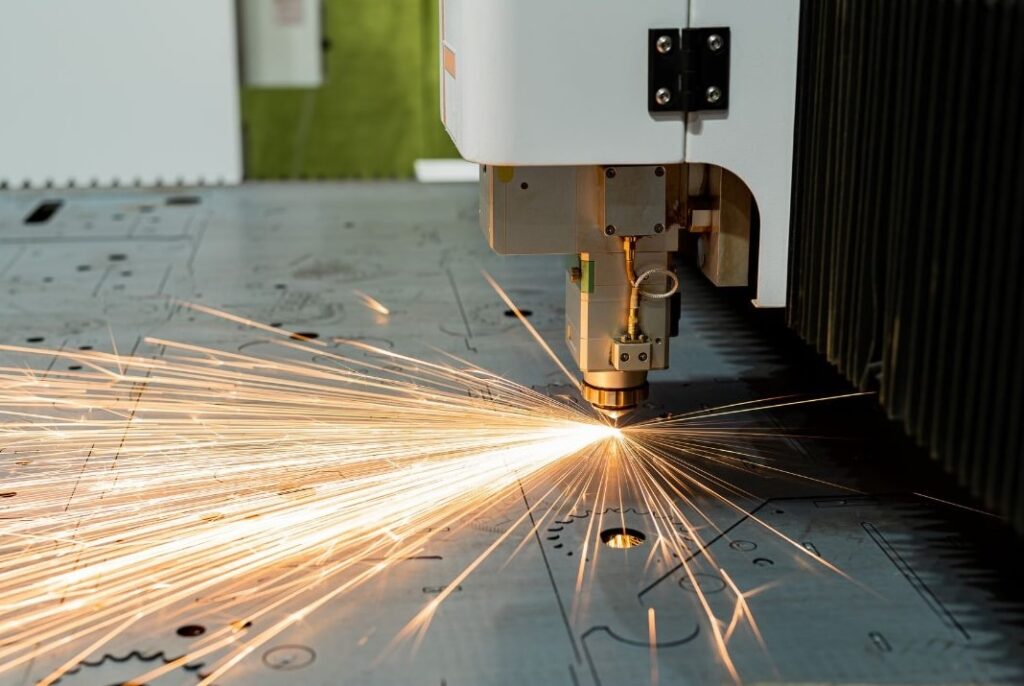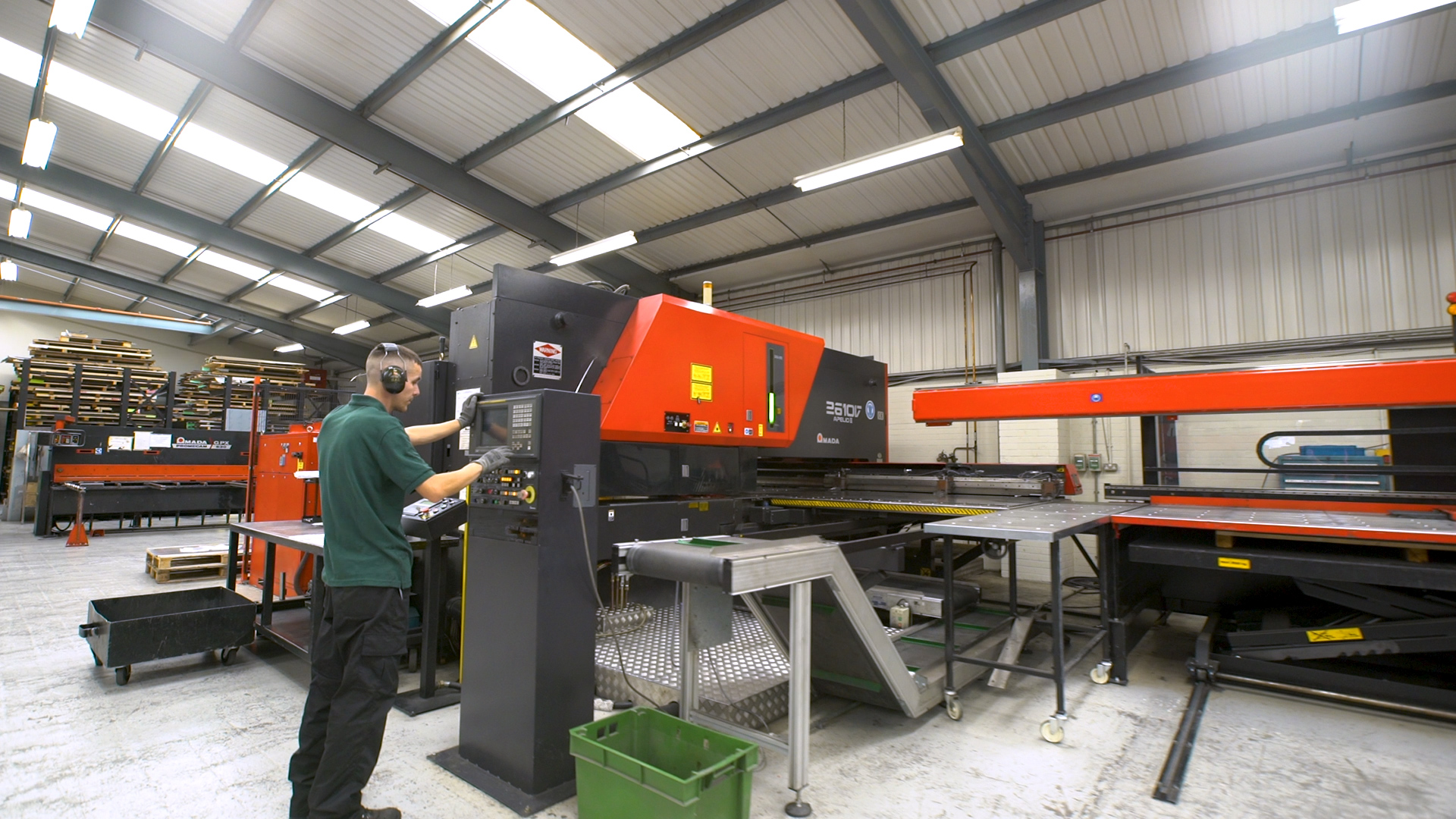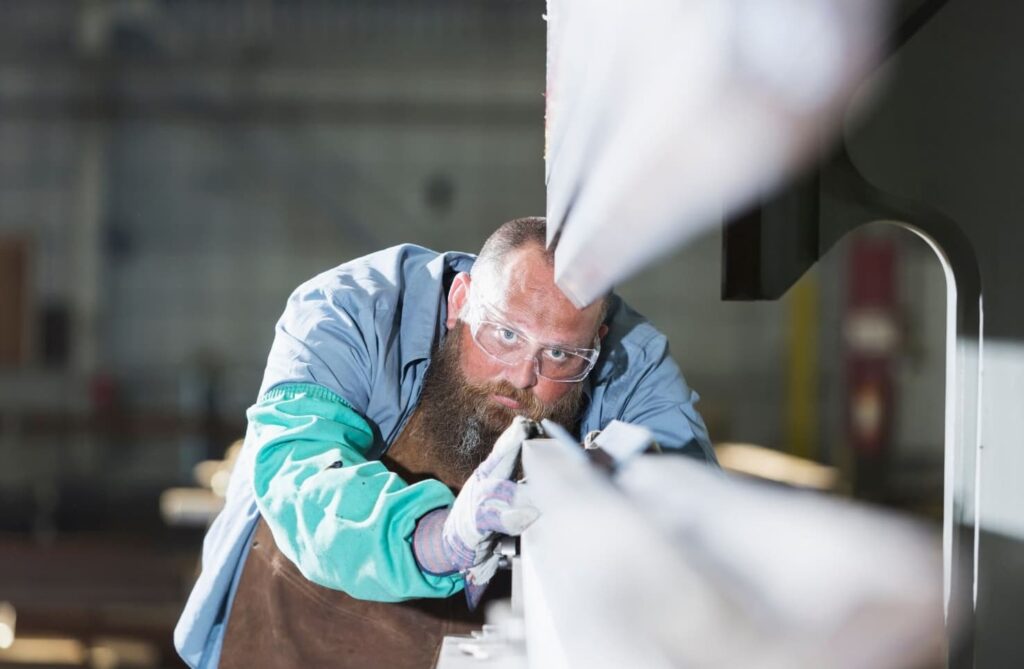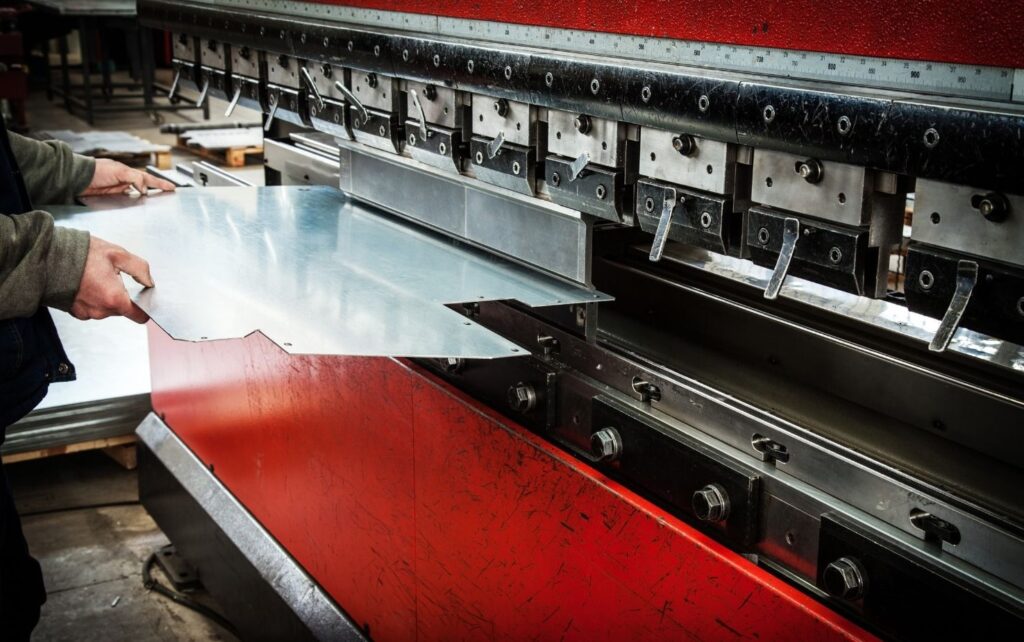
What is a Flat Pattern Development in Sheet Metal Fabrication?
Before any bending begins, a sheet metal part starts life as a 2D layout. That’s the flat pattern development. It’s...

While Numerical Control (NC) has been around for decades, Computer Numerical Control (CNC) continues to reshape how precision parts get made. The difference between NC and CNC systems isn’t just digital – it’s practical, financial, and, for some, the difference between getting the job done and falling behind. So, what actually sets them apart? And which one makes more sense for your business today – and not just in theory, but in actual day-to-day use?
It’s often in the programming where the clearest NC vs CNC comparison starts to show itself. With NC systems, instructions tend to be fed in using punched tape – manual, fixed, and not exactly forgiving if changes are needed mid-way. Manual vs automated machining feels a bit like trying to update a mixtape versus tweaking a playlist in seconds.
CNC machines, on the other hand, rely on software. Instructions can be saved, copied, revised, or simulated before anything gets cut – which, for many, changes everything.
Here’s a snapshot of what each method offers:
NC Programming:
CNC Programming:
So, if your production line involves changeable designs or prototyping, CNC is usually far more accommodating.
Consistency is where small margins start making a big difference. NC machines, being manually controlled, depend heavily on the operator’s precision and the quality of the tape input. That means accuracy can fluctuate, especially during longer runs or repeat jobs.
CNC systems, though, tend to hold tighter tolerances across batches. That’s one of the quieter but most important advantages of CNC over NC. Feature NC Machines CNC Machines Repeatability Moderate – operator-dependent High – software-controlled Tolerance Control Less reliable Tight and consistent Setup Variability High Minimal Error Risk Manual errors possible Reduced by simulation If you need reliable precision across a series of identical parts, CNC doesn’t just win – it usually removes the guesswork. Efficiency isn’t always about going faster – it’s about doing more with the same resources. NC machines, by design, often rely on manual setups and adjustments between runs. This means production tends to pause for retooling or troubleshooting. CNC machines, meanwhile, cut down idle time. Tool paths can be optimised, setups saved, and batch changes processed with fewer hands on deck. One of the major CNC machine benefits is how little interruption there is between one job and the next. So, what’s the real impact? Say you’re producing a dozen different brackets in one day – a CNC machine can recall each setup, switch tooling automatically, and get on with it. An NC setup might require an operator to halt production, realign tooling, and manually input new tape – not ideal if you’re up against tight deadlines. In short: CNC tends to run smarter, not just faster. At first glance, NC machines might seem more affordable – they’re simpler, often cheaper to buy, and come with lower upfront costs. But the price tag doesn’t always tell the full story. Computer numerical control systems tend to need a larger initial investment. There’s software to set up, training to factor in, and more advanced components to maintain. But over time, the maths shifts. CNC systems typically offer lower waste, faster turnaround, and fewer production errors – all of which can help offset that early spend. Maintenance-wise, NC systems are basic but often harder to troubleshoot – if something breaks, diagnosis is manual. CNC machines have diagnostics built in, which can save a lot of downtime. So while NC might suit businesses on tight capital budgets, CNC tends to pay for itself when production volume, accuracy, and versatility are part of the picture. Some parts are just more demanding. Irregular curves, tight tolerances, multi-axis cuts – that’s where NC machines often fall short. Their linear programming and manual setups aren’t built for complex geometries or frequent design changes. If you’re choosing CNC for manufacturing, especially for intricate components or varied product lines, you’re likely to find it’s not just a better fit – it’s the only one that makes practical sense. Take, for example, a one-off prototype with multiple angled features and variable depths. An NC machine would require significant manual intervention, multiple passes, and perhaps even some guesswork. A CNC machine, in contrast, can simulate the part, auto-correct paths, and produce it within spec on the first try. So, when projects aren’t straightforward – and let’s face it, most aren’t – CNC isn’t just more capable. It’s more dependable. Manufacturing isn’t just about making parts – it’s increasingly about how well your systems talk to each other. Computer numerical control systems fit naturally into digital workflows, where software links everything from design to dispatch. Think real-time monitoring, remote diagnostics, or data-driven efficiency – that’s the CNC edge. NC machines, by comparison, are pretty much standalone. There’s no link to CAD files, no automatic data capture, and no easy way to trace production stats. That’s fine if the process is fixed and repeatable. But once flexibility or traceability becomes important, NC starts to feel like a limitation. So, for manufacturers leaning into automation, traceable outputs, or smarter scheduling, CNC aligns far more closely with where production is heading – and where it already is for many of your competitors. Not every project needs CNC – but more and more often, the balance tips that way. If you’re weighing up NC vs CNC, here’s a quick checklist to guide your thinking: If you’re nodding along to most of those, you’re likely choosing CNC for manufacturing – even if it’s in stages. At Greengate, we’re set up to support businesses moving from traditional to computer-controlled workflows. From CNC laser cutting to CNC metal punching, we can help you make practical upgrades without overcomplicating the process. Got questions? Just contact us at Greengate Metal Components, and we can help put you on the right track with your project.Operational Efficiency and Speed
Cost Implications and Maintenance
Suitability for Complex Projects
Integration with Modern Manufacturing Processes
Choosing the Right Solution for Your Needs

Before any bending begins, a sheet metal part starts life as a 2D layout. That’s the flat pattern development. It’s...

Most sheet metal design errors don’t happen during production — they start earlier, in planning or communication. Maybe it’s the...

Sheet metal bending is a fundamental process that transforms flat metal sheets into strong, functional components. By carefully applying force...